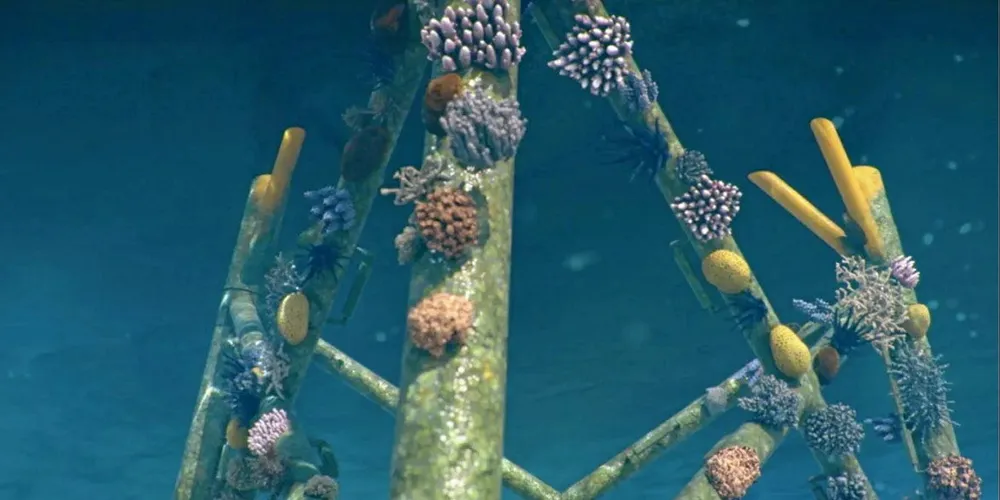Black and green contrasting fortunes, offshore wind's changing faces, and Orsted's coral relief
AGENDA | Our curation of the must-read news and analysis from the-week-that-was in the global renewable energy industry

AGENDA | Our curation of the must-read news and analysis from the-week-that-was in the global renewable energy industry
